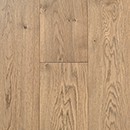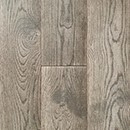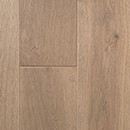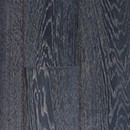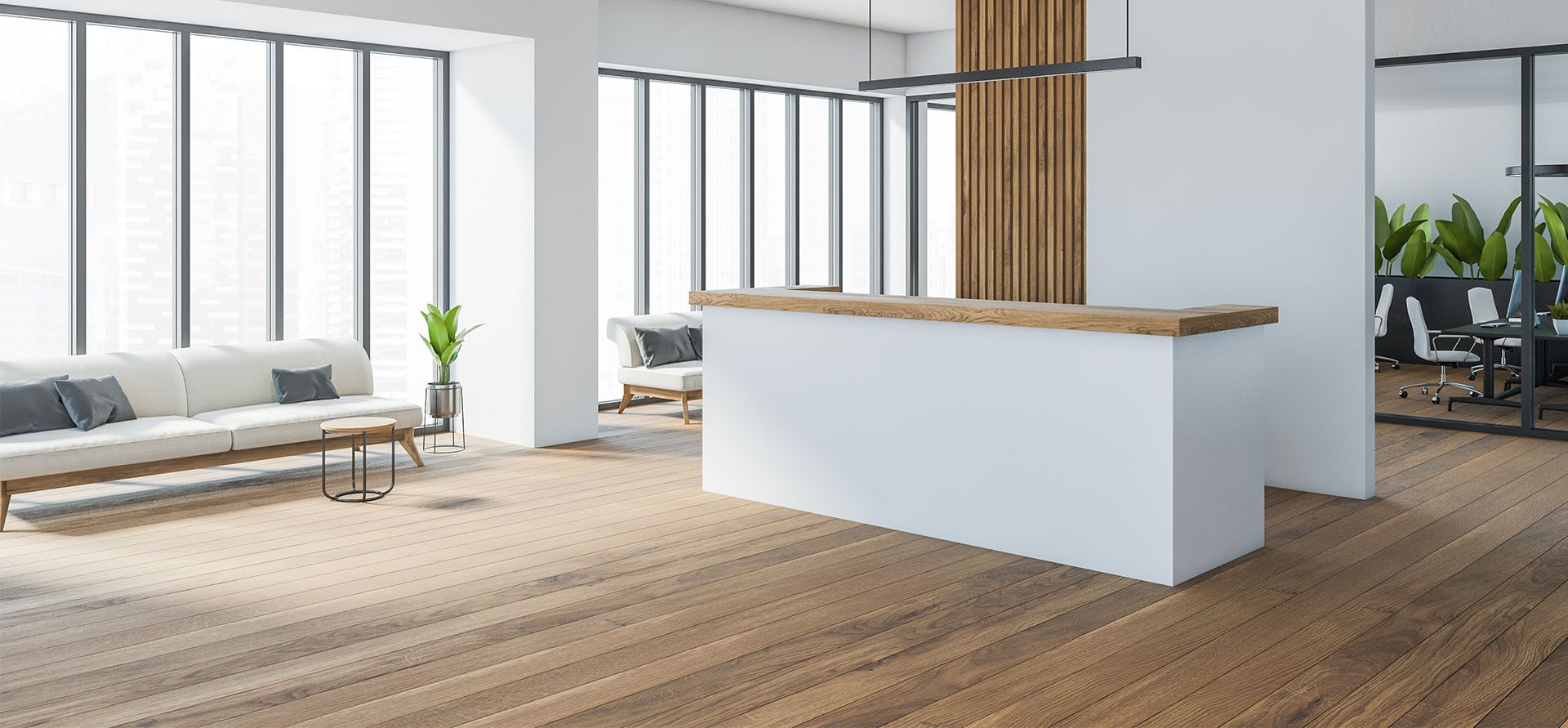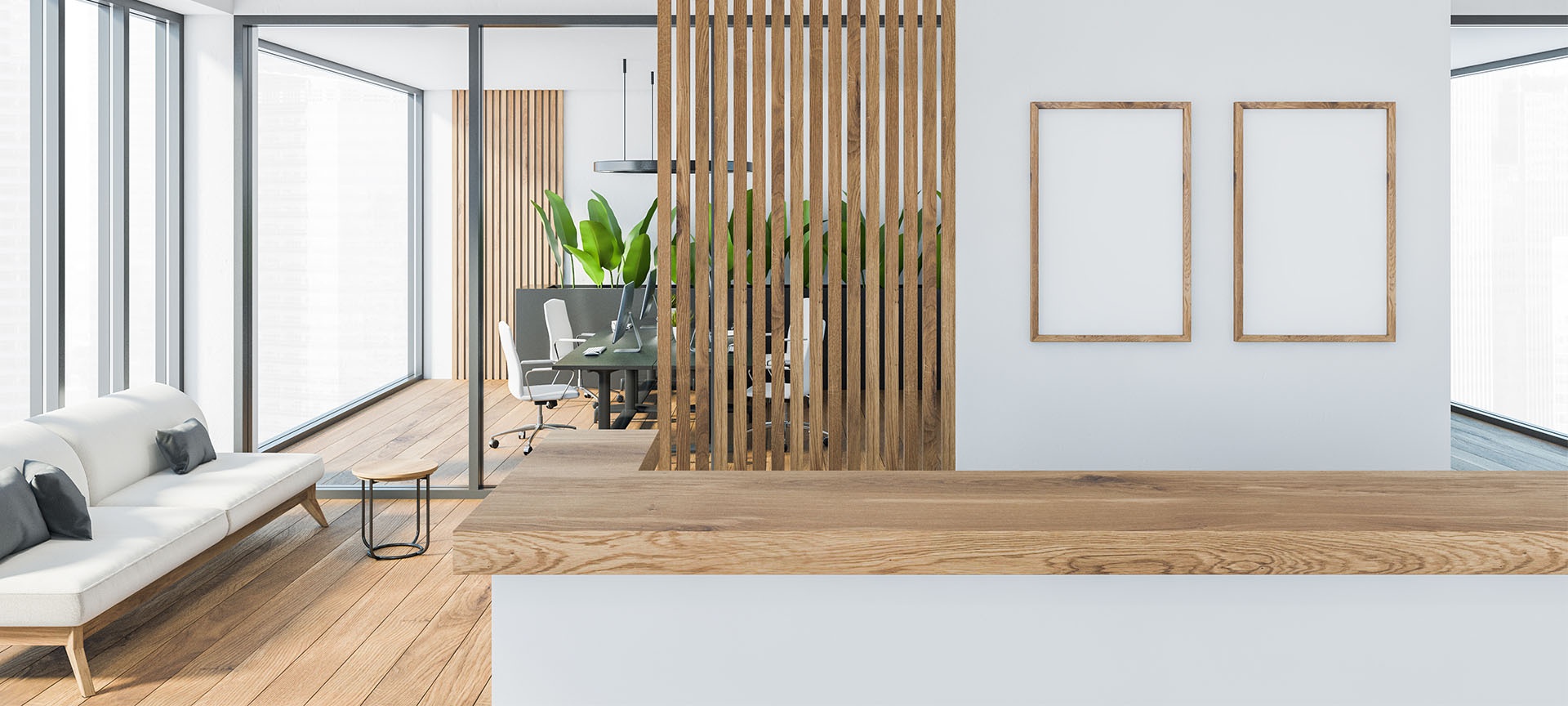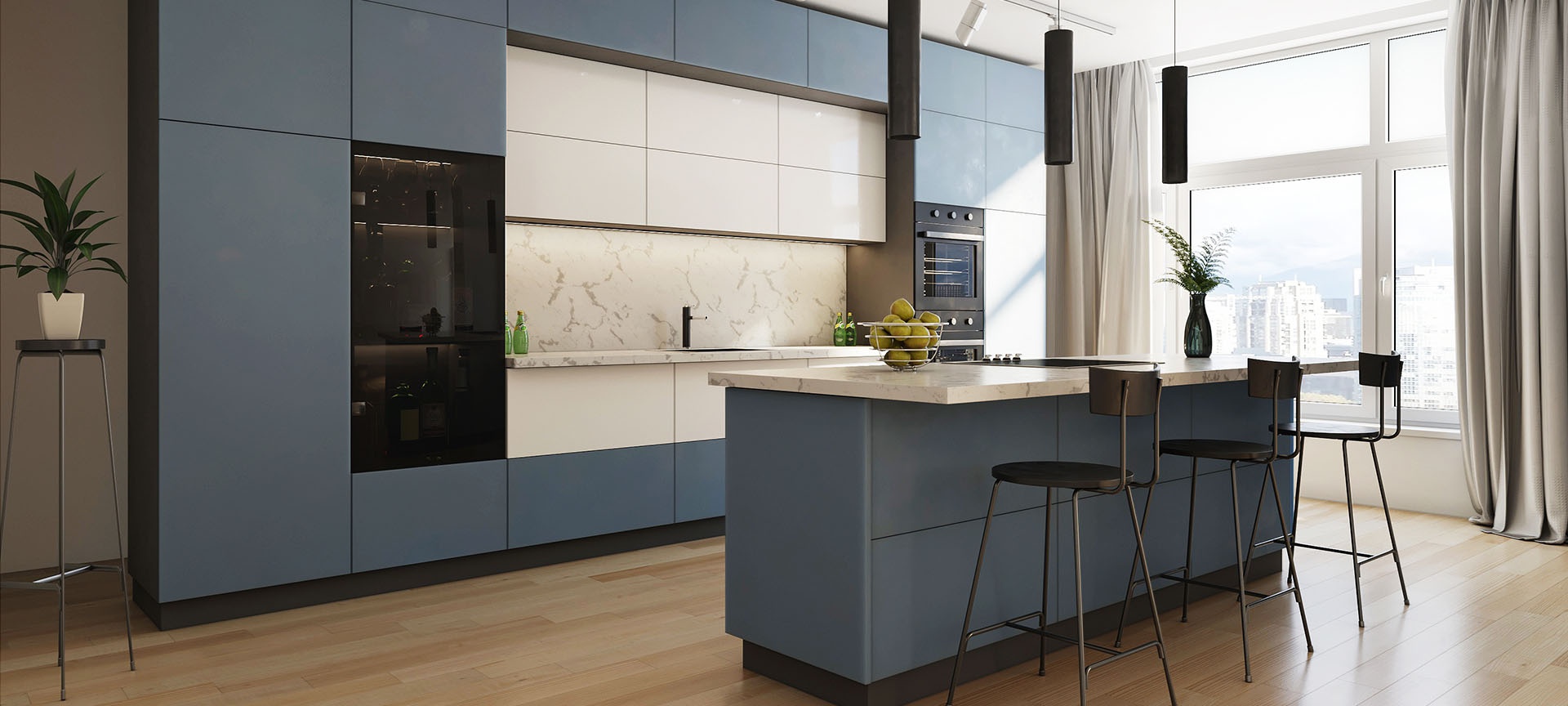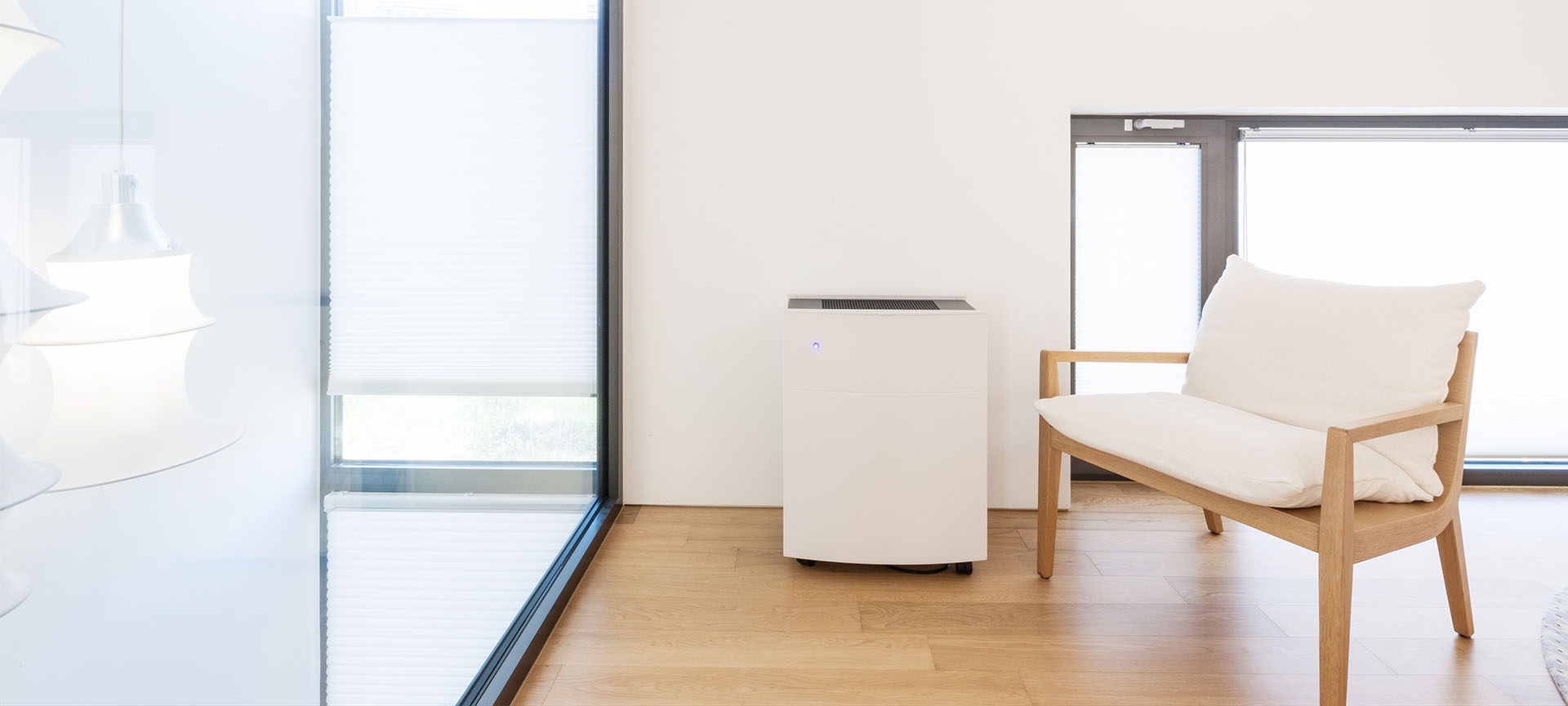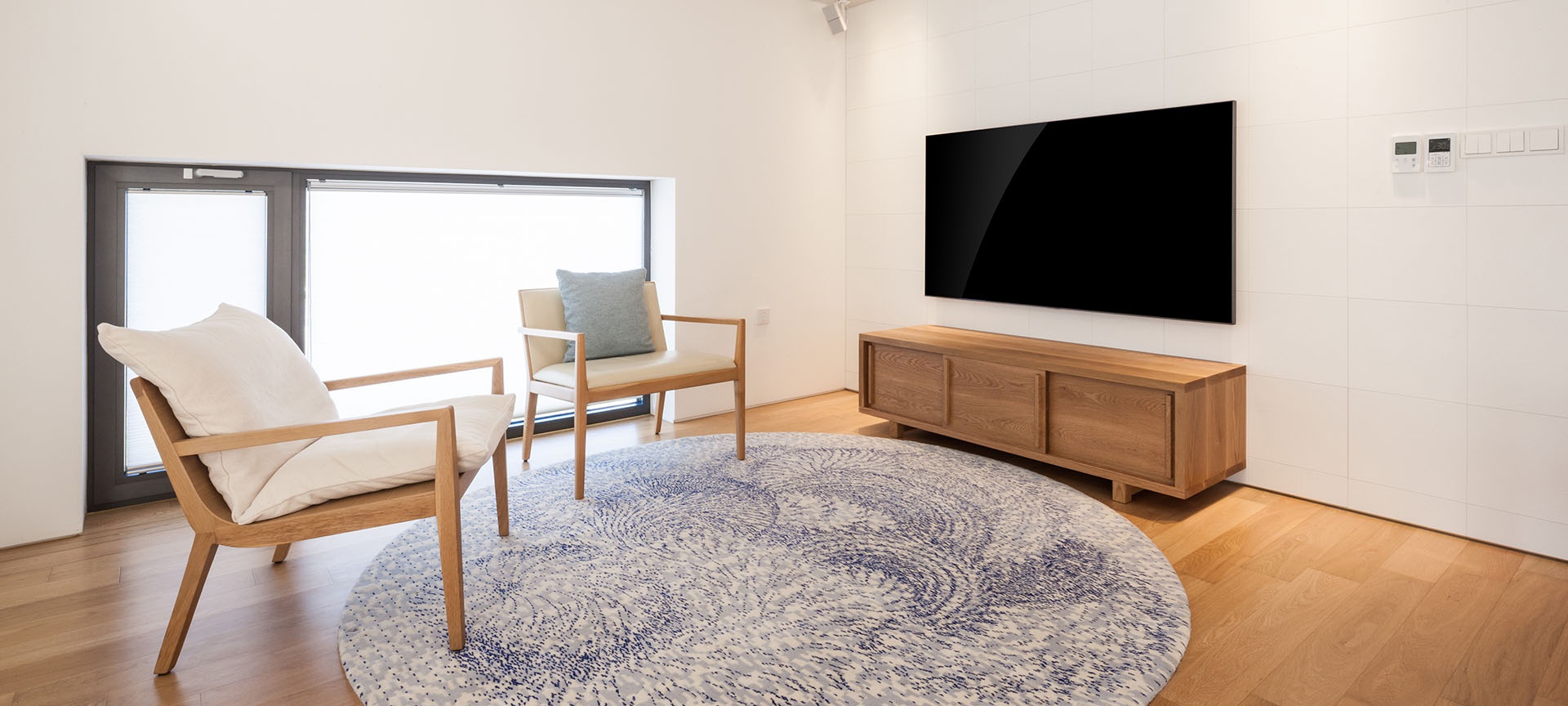What is Engineered White Oak Flooring?
Firstly, an engineered floor is made up of different wooden boards. These boards comprise multiple layers of material that make them ideal for flooring. Therefore, it’s easy to define engineered white oak flooring as plank splits with white oak hardwood layers. These bond layers forge a durable and aesthetic blend perfect for any residential flooring.
Depending on the manufacturer, the layers present in engineered flooring may differ in number. You can have up to 11 layers of wood substrates in engineered white oak flooring. And the more layers in your engineered white oak flooring, the stronger and more resilient it is.
You’re making a great decision if you’re looking to install hardwood flooring in your home. But we especially think your decision becomes ideal when you choose engineered white oak flooring. And we’re about to show you why.
This blog is your comprehensive guide to white oak flooring. In it, we’ll cover engineered white oak flooring installation, benefits, maintenance, and more. Let’s start with the features and characteristics of engineered white oak flooring.
Identifying Engineered White Oak Flooring: Features and Characteristics
Engineered white oak flooring is a derivative of the white oak tree. Yet, it shares many similarities with its counterpart, the red oak flooring (a derivative of the red oak tree.)
The different types of hardwood floors come with distinct features like colours, grain patterns, durability levels, and price. Therefore, you must know the peculiarities of the floor type you’re choosing.
Below are the features of engineered white oak flooring and what to expect.
White Oak Grain Pattern
Engineered white oak planks have equating layers of smooth and raspy textures. Their wood pores also contain a high content of outgrowths that shield the planks from damage. This protective feature positions engineered white oak flooring as rot-resistant to liquid damage.
Unlike in other woods, outgrowths make the grain pattern in white oak woods uneven and gritty. However, the white oak feel is still more pleasing than the red oak despite the coarse feature.
The cutting of engineered white oak floorings can yield two results. One, some cuts can enhance the grain patterns. Meanwhile, some cuts can drastically reduce it.
The following are examples of cuts possible with engineered white oak flooring.
Plain Sawn
Planks for hardwood flooring are mostly cut plain sawn, mainly because the method is the cheapest of all. In fact, most logs are cut this way to save cost. But, this method leaves the grains in fanning patterns.
Rift Sawn
Cutting white oak wood rift sawn will best help you reduce the grain appearance. This result is because rift-sawn woods have the tightest grain pattern. As such, you’ll end up with a very uniform pattern. The only concern here is this cutting method is quite expensive due to its excessive waste production.
Quarter Sawn
Here, white oak hardwood flooring planks are cut to share similarities with plain-sawn or rift-sawn cuts.
They don’t exactly have the coarse appearance of plain-sawn wood. Also, they’re not as smooth as rift-sawn planks. Instead, they feature comely spottings that spread across the grain. And this uniqueness is an aesthetic benefit of installing engineered white oak flooring.
Stability
Engineered white oak flooring has high wood stability ratings. This engineered white oak feature also doubles as a benefit. Notably, engineered white oak flooring’s stability means the wood can respond to moisture density by expanding or shrinking.
Colour
Most wood types are pretty challenging to stain. But the white oak is an exemption. The ease in staining means you can have your engineered white oak flooring in different colours. You can stain your white oak flooring as dark or as bright as you desire.
The white oak tree is so dynamic that it can produce a spectrum of colours. Usually, white oak itself ironically doesn’t come in white colours. Instead, it comes in colours ranging from brown to light beige and red.
One exceptional trait of white oak is that it darkens over time. This darkening happens naturally with constant exposure to Ultraviolet rays or oxygen.
Grain
As for engineered white oak planks, the grains are typically straight. These straight grains, in turn, give the planks a clean outlook.
Pores
Another feature that differentiates the white and red oak is their pores. Red oaks are known to have open pores. On the other hand, white oaks have cell outgrowths that seal their pores. These seals are known as tyloses, and they help preserve the wood from damage.
Additionally, white oak and red oak have a sort of rays that line alongside the grains. These rays usually appear as pencil dot lines. The lines may look the same on white and red oak planks. But a closer look will reveal the lines on white oak planks are longer than that of red oaks.
Maintenance
Factors like floor finishing and foot traffic usually determine how you clean your hardwood floor. But maintaining engineered white oak flooring is way easier than maintaining other hardwood floors.
Maintenance ease is also a benefit of using engineered white oak. Engineered white oak has high moisture resistance which boosts its longevity and resilience.
Density
Hardwoods have different levels of denseness. Species like black cherry, walnut, and yellow are examples of very dense hardwoods. But oak is arguably the thickest of all. Particularly, the white oak is a bit denser than the red oak.
This density is also beneficial because it makes the engineered white oak more durable. As a result, you can avoid scratches, press-ins, and other forms of dents in your engineered white oak floor.
Cost
Engineered white oak flooring usually costs between $4 and 10$ per board. These prices may, however, vary depending on demand and supply. Board sizes and numbers may also influence the cost.
Related Article: How Much Does Chevron Hardwood Flooring Cost?
Where to Install Engineered White Oak Flooring:
One remarkable fact about engineered white oak flooring is its versatility. As such, it’s almost installable in every room in your home.
Engineered white oak hardwood has multiple layers. As a result, it can withstand expansion and contractions due to humidity or temperature fluctuations. This characteristic means you can install white oak flooring in utility rooms like:
- Kitchen
- Laundry room
- Wet room
- Any other room whose internal temperature continually changes.
You may have a question like – should I install engineered white oak flooring in my bathroom? There’s no rule against installing white oak hardwood in your bathroom. But the potential of constant water splashing and settling on it is too high.
This constant spillage and soiling will inevitably affect the panels and weaken the bonding materials. Therefore, engineered white oak flooring will likely not last long in your bathroom.
But you can take the following precautions if you must install it in your bathroom.
- Keep water off the flooring as much as possible.
- Clean off the water that spills almost immediately you notice.
- Cover the floor with mats, especially at points most susceptible to spillage.
Effective tips for Installing Engineered White Oak Flooring
From the outside, it’s easy to assume engineered white oak flooring comes with a complex installation method. After all, the final design always looks high-end. Therefore, it shouldn’t be easy to achieve, right? But the truth is it’s way easier to install, unlike other hardwood floors.
It’s so seamless that most homeowners easily opt for DIY procedures to install their flooring. Therefore, it’s not far-fetched if you also choose to install your engineered white oak flooring yourself.
Simply follow the tips below to ensure the success of your DIY flooring installation.
Prepare Your Subfloor
Your subfloor is the first aspect you must attend to regardless of how you want to install your engineered white oak flooring. For preparation:
- Firstly, clear and clean the subfloor until there’s no noticeable dirt or filth.
- Look out for loose staples or straying nails.
- Inspect the subfloor for possible damage or loose boards.
- Examine whether you need flooring pads or tar paper between your subfloor and new flooring.
- You can start laying your engineered white oak flooring after achieving the above.
Floating
This section is for homeowners looking to install floating engineered white oak flooring.
- Place the first row by plastering/gluing the planks to the wall. Take care not to glue planks to the subfloor.
- Use a tapping block to adjust planks well after snapping them into position. Here, you can use painter’s tape to hold the boards while you work.
- Ensure you leave adequate space between the flooring and each vertical surface. These spaces ensure the planks can expand without buckling or causing other unpleasant noises.
Gluing
You need to be extra careful when gluing. The following should guide your gluing process:
- Ensure you leave expansion space between your walls and boards when gluing down your new flooring.
- A trowel will be best to help you even the glue across your subfloor.
- Divide your work area into small sections. And stick to them during gluing. This division will ensure you don’t waste glue or mess with it while working.
- Try staggering the edges of each board by a few inches. This endeavour will ensure a stable surface.
- Clean up the glue that may seep through boards using wipes or cleaners.
Nailing or Stapling
Methods for nailing and stapling your engineered white oak flooring are similar. See the procedures below:
- To start, lay down the first row. (Don’t forget to leave room for expansion possibilities between your boards and walls.)
- But note that this position won’t let you staple or gun-nail the first row. So, use a nail punch to pin down your boards. You can use a nail gun or pneumatic staple for other rows.
Maintaining Your Engineered White Oak Flooring
Dirt gathering on your floor is inevitable. It’s part of life. But the last thing you want is your fine engineered white oak wood flooring becoming a home for dirt and dust. Unlike rugs that can hide dirt, white oak wood flooring can’t.
Rugs or other flooring types may give you the “luxury’ of postponing cleaning due to their concealing nature. But why conceal dirt when you can quickly get rid of it?
Engineered white oak flooring ensures no postponement of cleaning you can do immediately. As such, your house will be cleaner. Also, vitally, it’ll be less habitable to allergens and unpalatable for irritants that can tamper with your health.
It doesn’t have to be stressful cleaning your flooring, though. Knowing the steps and making them a habit will make cleaning and maintaining your engineered white oak flooring easy.
These cleaning/maintenance tips are as follows:
Regular Sweeping
As long as you can handle a broom, you can sweep your engineered white oak flooring. It’s the simplest of all the cleaning steps.
You keep dirt, pet sheds, dust, and other forms of filth away when you sweep. Alternatively, you can use a vacuum if you don’t enjoy using a broom.
Use a Damp Mop
You should also periodically mop your floor. Again, the foot traffic in the space should determine mopping intervals for your floor. For example, mopping once a week is ideal for high foot traffic.
However, you can mop just once a month if foot traffic is less in the installation area.
Deep Clean Occasionally
Grim can still accumulate over time regardless of how often you sweep your floor. Therefore, you need some cleaning methods and products to deep-clean your floor from time to time.
Visit your local cleaning products store and ask for cleaning agents specially made for engineered white flooring cleaners.
Taking Care of Scratches
Dirt can easily clean off your floor. But eyesores like scratches will have you thinking about getting rid of them. Therefore you need to protect your flooring and ensure they don’t sustain dents that can disfigure them.
FAQs about Engineered White Oak Flooring
Below are answers to some of the common questions we get regarding engineered white oak flooring:
Are Laminates And Engineered Similar?
Engineered and laminate are the same when it comes to construction. However, the construction materials differ.
Laminate flooring usually has multiple layers of wood pressed against each other. On the other hand, engineered white oak flooring comprises many layers of plywood that run perpendicularly to one another.
Does Engineered White Oak Flooring Last Long?
Engineered hardwood flooring has more resilience compared to unstable floorings like solid or laminate. Typically, 3/4” engineered floors have up to 11-ply backing. Alongside, they have a 4mm wear layer. This layer ensures that the natural beauty of real hardwood can stand the test of time.
Is Engineered White Oak Flooring Expensive?
Usually, engineered white oak flooring costs depend on the widths you’re targeting. At times, they can be less expensive than solid hardwood. At other times, they can be more expensive.
Factors such as the number of planks you’re getting, demand and supply, and environmental fluctuations contribute to the cost of engineered white oak flooring.
However, you get 100% value for your money with the timelessness of their beauty and longevity of their durability.
Does Engineered White Oak Flooring Look Like Solid Hardwood?
Engineered white oak flooring comprises natural layers of wood that not only allow you to see the wooden details. But you also feel the authenticity of the wood in the texture of the grain patterns. As such, you can hardly tell if the flooring was engineered or solid once lain.
Is Refinishing Possible?
Engineered white oak flooring can handle refinishing if the manufacturer’s wear layer is thick enough.
You can always sand and refinish engineered floors with considerably thick wear layers. This is impossible with thin layered flooring because you risk sanding and peeling into the core.
Thus, you must check the manufacturing specifications well before purchasing engineered white oak flooring. That way, you’ll likely be able to determine the possibility of refinishing it in the future.
You can refinish high-quality engineered white oak flooring up to four times over its lifespan.
Related Article: How Durable Is White Oak Engineered Flooring?
Summary
You not only beautify your house when you use engineered white oak flooring. But you increase the building’s value, especially if you look to sell or let it out in future.
Earlier explanations show how red and white oak flooring can be similar. But the highlights of their differences help point out the peculiarities of white oak.
The features we discussed above will help you identify engineered white oak flooring when you look to purchase it. Fortunately, you don’t need to stress over getting original white oak planks that allow you to enjoy the best of the features we describe above.
Our online store at Three Trees Flooring has stunning, high-quality white oak engineered hardwood planks to meet your flooring needs. Look through our online store to place your order now!


